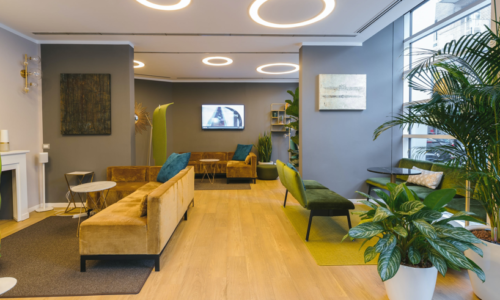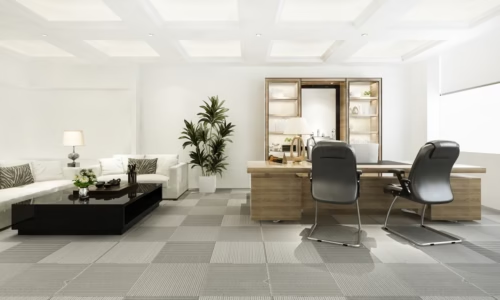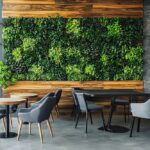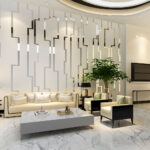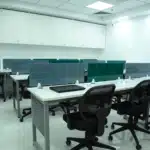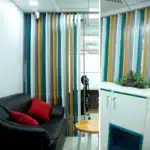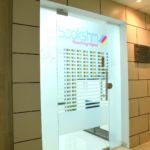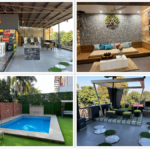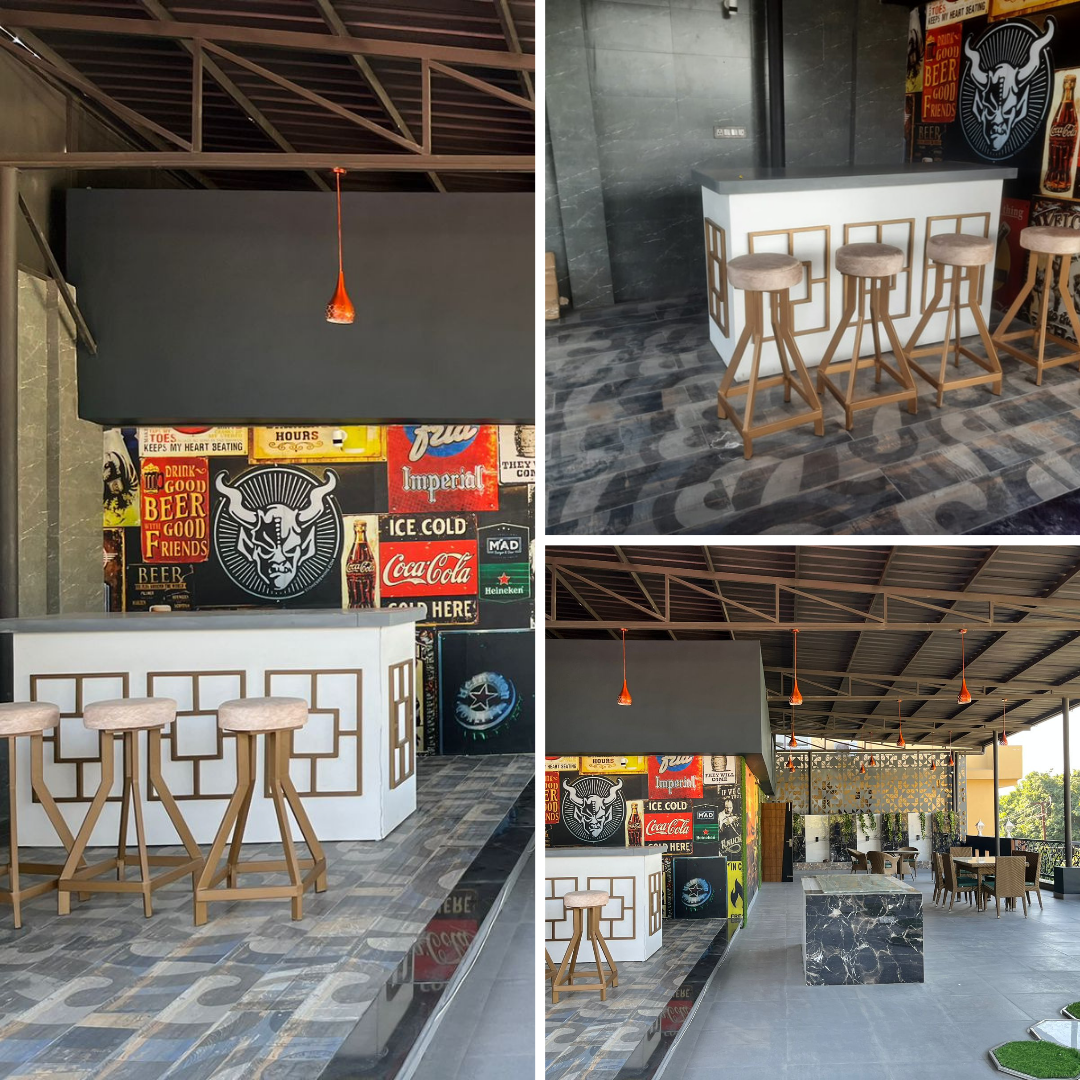Designing an office is not just about looks; it is about creating a space where employees feel comfortable, motivated, and productive. Office interior design plays a big role in shaping the overall atmosphere of the workplace. A well-designed office can improve efficiency, encourage collaboration, and leave a positive impression on clients. However, many businesses make common mistakes during the design process that can negatively impact both employees and visitors.
In this blog, we will discuss the top mistakes to avoid in office interior design. By knowing these mistakes, you can plan your office space more carefully and create an environment that supports growth and success.
Ignoring the Importance of Space Planning
One of the biggest mistakes in office interior design is failing to plan the space properly. Many businesses focus only on furniture and decoration but forget that every inch of the office should serve a purpose.
Without proper space planning, offices can become either overcrowded or underutilized. Crowded spaces make employees feel stressed and uncomfortable, while empty corners look unprofessional and wasted. A well-planned office should have clear areas for workstations, meeting rooms, relaxation zones, and storage.
Taking time to measure the space, analyze employee needs, and plan the layout carefully ensures a smoother workflow. Space planning also helps in reducing distractions and increasing productivity.
Poor Lighting Choices
Lighting plays a very important role in interior design, yet it is often neglected. Offices that rely only on artificial lighting or use lights that are too dim can create a dull and unhealthy work environment. On the other hand, extremely bright lighting can cause eye strain and headaches.
Natural light should be used as much as possible because it improves mood, reduces stress, and increases productivity. When natural light is limited, combining different types of artificial lighting like task lights, ambient lights, and accent lights can help balance the atmosphere.
Studies also show that employees working in naturally lit offices report higher satisfaction and focus. This is why lighting should be a top priority in office design.
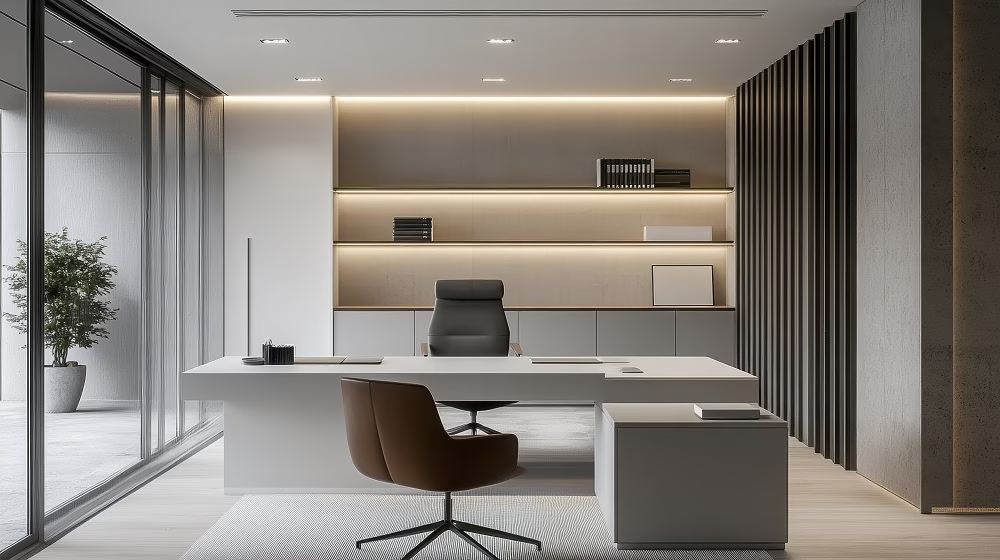
Choosing Furniture Without Functionality
Furniture is more than just decoration; it directly affects comfort and efficiency. A common mistake businesses make is buying stylish furniture that looks good but is uncomfortable or impractical. Chairs without proper back support, desks that are too small, or storage units that don’t meet needs can reduce employee comfort and productivity.
Ergonomic furniture is essential in modern offices. Ergonomic chairs and adjustable desks help employees maintain proper posture and reduce the risk of back or neck pain. Furniture should also be flexible and adaptable for different working styles, especially in hybrid workplaces.
Ignoring Acoustics and Noise Control
Noise is one of the most common complaints in open office layouts. Without proper noise control, employees may face distractions that lower productivity. Many office designs forget to include acoustic solutions, which results in an environment where even small sounds become disturbing.
Using sound-absorbing materials like carpets, acoustic panels, or ceiling tiles can reduce noise levels. Private meeting rooms and quiet zones are also important for employees who need concentration. A balanced sound environment makes the office more comfortable and professional.
Overlooking Storage Solutions
A cluttered office can create stress and reduce efficiency. Many designs do not consider enough storage options, which leads to papers, files, and supplies piling up on desks.
Smart storage solutions like built-in cabinets, movable shelves, and under-desk storage can make a huge difference. Digital storage also helps reduce physical clutter. A clean and organized office not only looks better but also improves employee focus.
Ignoring Brand Identity in Design
An office should reflect the company’s brand, culture, and values. A common mistake is designing a space that looks generic and does not represent the organization’s identity. Clients and employees should be able to feel the company’s personality as soon as they enter the office.
For example, creative companies may use bold colors and artistic designs, while corporate businesses may prefer a more professional and elegant style. Including the company logo, colors, and mission in the design helps strengthen brand recognition.
Corporate identity is a major factor in how a company presents itself to employees and clients, and office design plays a big role in this.
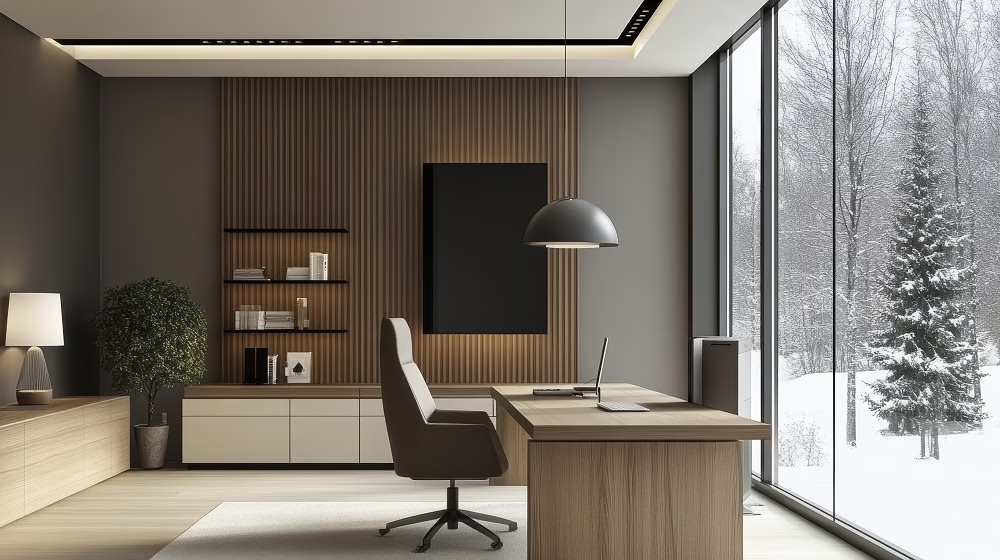
Not Considering Employee Comfort
Some office designs are made only to impress visitors but forget the daily comfort of employees. Employees spend long hours in the office, so comfort should be a top priority.
Factors like seating comfort, desk height, air quality, and temperature control directly impact employee well-being. Ignoring these aspects can lead to dissatisfaction and higher turnover rates. Comfortable employees are more motivated, focused, and loyal to the organization.
Ignoring Flexibility in Design
Modern work culture is changing rapidly with hybrid work and remote work trends. Designing an office that does not allow flexibility is a big mistake. Many businesses create fixed layouts that cannot be adapted when needs change.
Flexible furniture, modular workstations, and movable partitions help companies adjust the office according to future requirements. This prevents the need for costly redesigns later. Offices that can easily adapt to new working styles are more sustainable and practical.
Neglecting Safety and Accessibility
Safety is another area often overlooked in office design. Wires on the floor, poorly placed furniture, and blocked emergency exits can create safety risks. Accessibility for differently-abled employees is also sometimes ignored, which can create difficulties for them.
Including features like wheelchair access, wide corridors, slip-resistant flooring, and properly placed fire exits ensures that the office is safe for everyone. Safety and accessibility should always be considered from the beginning of the design.
Overuse of Colors and Decorations
Colors and decorations are important, but too much of them can make the office distracting. Some offices use very bright colors or unnecessary artwork that takes away focus from work.
A balanced approach works best. Neutral colors with highlights of brand colors create a professional yet attractive look. Decorations should enhance the workspace, not overwhelm it. A simple, clean, and functional design often works better than an overly decorative one.
Common Mistakes and Their Solutions
| Mistake in Office Interior Design | Negative Impact | Better Solution |
|---|---|---|
| Poor space planning | Crowded or wasted areas | Plan layout with work zones |
| Bad lighting | Eye strain, low mood | Use natural and layered lighting |
| Wrong furniture choice | Discomfort, low productivity | Invest in ergonomic furniture |
| Ignoring acoustics | Noise distractions | Add acoustic panels, quiet zones |
| Lack of storage | Cluttered workspace | Use smart and built-in storage |
| No brand identity | Generic office look | Reflect company culture in design |
| Ignoring employee comfort | Dissatisfaction, stress | Prioritize ergonomic and comfort factors |
| No flexibility | Difficult to adapt | Use modular and movable furniture |
| Safety negligence | Risk of accidents | Ensure accessibility and safety measures |
| Over-decoration | Distraction | Keep design simple and balanced |
Also Read:
- What Is a Mood Board in Interior Design?
- What Is Modern Classic Interior Design?
- What is Green Interior Design?
- What Are the Different Materials Used for Interior Design?
- Is Interior Architecture the Same as Interior Design?
Conclusion
Office interior design is more than just decoration. It is about creating an environment that supports employees, reflects the company’s identity, and leaves a positive impression on clients. Avoiding mistakes like poor lighting, lack of space planning, ignoring acoustics, or neglecting safety can make a huge difference in how the office functions.
A successful office design balances comfort, functionality, flexibility, and style. With careful planning and attention to detail, businesses can create workspaces that motivate employees, improve productivity, and represent their values.

